The Lunar Gunner, officially known as Japan's Smart Lander for Lunar Investigation (SLIM), successfully landed on the lunar surface at 12:20 a.m. on January 20 (Japan time), making the country the fifth country to safely send a spacecraft to the lunar surface, after the United States, the former Soviet Union, China and India.
However, upon landing, the spacecraft faced a serious problem. According to the Japan Aerospace Exploration Agency (JAXA), one of the spacecraft's engines failed upon landing, meaning the spacecraft's solar panels could not produce electricity and it had to operate on limited battery power.
So about three hours after landing, JAXA decided to turn SLIM off to save battery power and said it would restart itself if the angle of the Sun changed enough to help the spacecraft's solar panels generate power.
On Monday, JAXA announced on social media X that it had "successfully made contact with SLIM last night and the spacecraft has resumed operations!" The rover also captured new images of the lunar surface and sent them back to Earth.
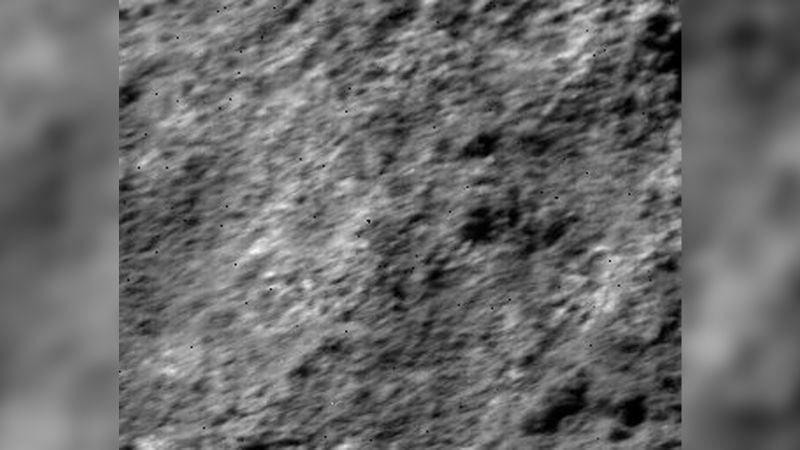
The lander's multi-band camera captured a close-up of a rock nicknamed "Toy Poodle." Photo: JAXA
The lander was equipped with a multi-band camera to capture images of the lunar surface. The mission team had previously combined 257 images taken by SLIM shortly after landing to create a mosaic depicting the landing site. Team members also nicknamed prominent rocks, choosing nicknames that corresponded to their estimated sizes.
A new image shared by the agency on Monday is a close-up of the “Toy Poodle” rock. The lander is designed to study rocks that could reveal insights into the origin of the moon.
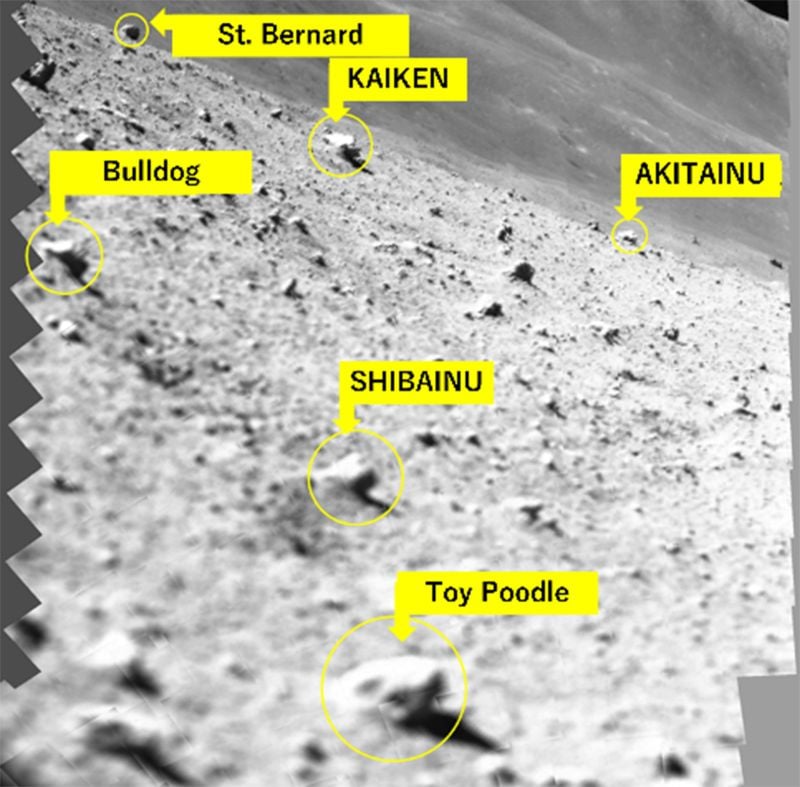
Rocks on the Moon's surface are nicknamed based on their estimated size. Photo: JAXA
JAXA said the SLIM lander had successfully completed part of its mission, achieving a gentle and precise landing on the Moon using optical navigation. Now, Japan aims to use the lander to gather unprecedented information about a region on the Moon called the Sea of Nectar.
When meteorites and other objects hit the Moon, they create craters and rocky debris scattered across the surface. These rocks intrigue scientists because the minerals and other aspects of the rock's composition can shed more light on how the Moon formed.
On Friday (January 26), NASA shared an image of SLIM's landing site taken by the Lunar Reconnaissance Orbiter, which has been orbiting the Moon since 2009. The image was taken five days after SLIM landed from an altitude of about 80 kilometers.
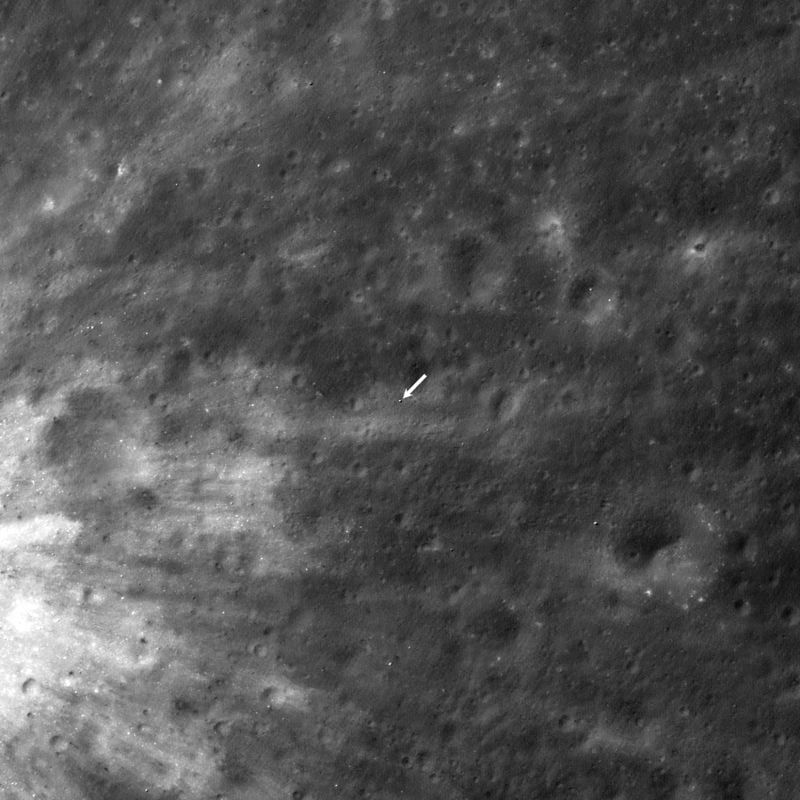
White arrows indicate the position of the SLIM lander on the lunar surface. Photo: NASA
Over the past year, many other space agencies and countries have attempted lunar landing missions, resulting in historic firsts as well as some failures.
In August, a lunar lander developed by the Indian Space Research Organisation successfully landed, making the country the fourth country to do so after the US, China and the former Soviet Union.
India's spacecraft landed near the Moon's south pole, where shadowed craters are believed to contain water ice that could support future life on the Moon, or could be useful for making propellant.
The new lunar space race is partly driven by the desire to access water trapped as ice in permanently shadowed regions of the Moon's south pole. It could be used for drinking water or fuel as humanity pushes forward with future space exploration.
Hoai Phuong (according to CNN)
Source




![[Photo] Magnificent rehearsal of the parade to celebrate the 50th anniversary of national reunification](https://vstatic.vietnam.vn/vietnam/resource/IMAGE/2025/4/27/9d03de12cfee4bd6850582f1393a2a0f)

![[Photo] Special journey of a helicopter flying the flag, flying over the sky of Ho Chi Minh City, celebrating National Reunification Day](https://vstatic.vietnam.vn/vietnam/resource/IMAGE/2025/4/27/b6304a7ed5eb4e7e960d57de239e8ef9)
![[Photo] Foreign tourists impressed by the way history is conveyed through interactive exhibitions at Nhan Dan Newspaper](https://vstatic.vietnam.vn/vietnam/resource/IMAGE/2025/4/27/6bc84323f2984379957a974c99c11dd0)


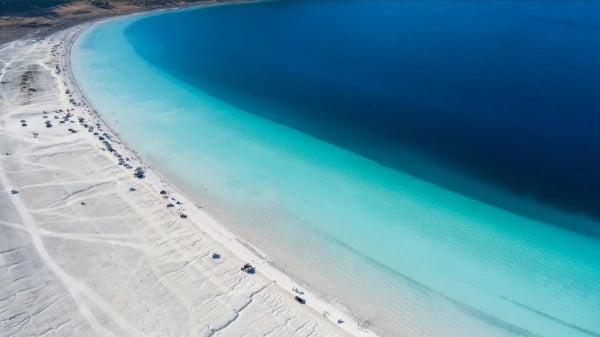



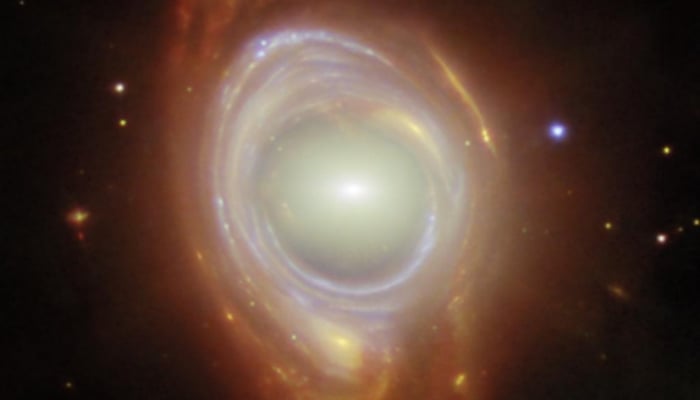





















































































Comment (0)